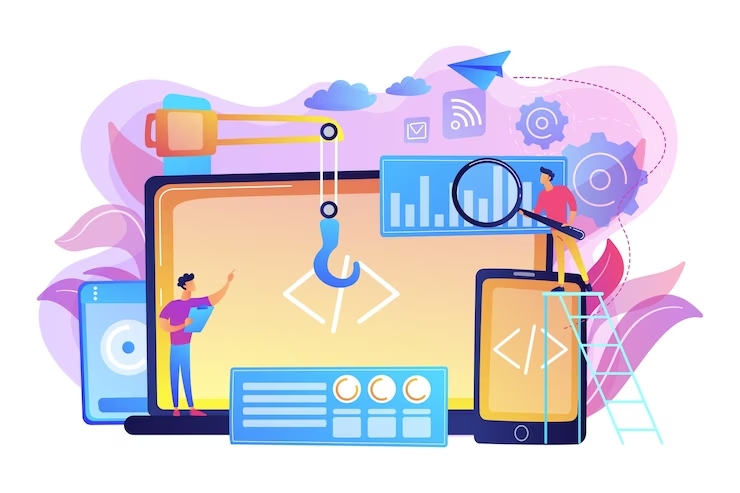
SIP trunking is becoming more popular in small businesses. This technology allows you to set up a high-quality voice connection for a fraction of the cost of standard VoIP. It also improves reliability and saves money. In this article, we will explore SIP trunking and the benefits of it over VoIP.
SIP trunking
SIP trunking is one of the technologies used in the VoIP industry. It acts as a virtual phone line that connects to other users over the internet, allowing users to use a single trunk to make multiple calls. While VoIP only supports voice, SIP trunking also supports video, messaging, and fax.
SIP trunk is an industry-standard that dictates how messages are sent between endpoints and how multimedia sessions are managed. Other protocols carry the actual voice and video, but SIP is primarily responsible for the management of the calls. Because of this, SIP is the preferred protocol for most businesses. Moreover, SIP-compatible hardware will work with most VoIP systems.
SIP trunking works by connecting the Internet to the traditional phone network. It can work with any type of phone line, whether it is an analog or digital one. It offers scalability and mobility.
SIP is a protocol
SIP trunking is a type of communication protocol that uses the internet as a communication channel. It is an alternative to conventional communication devices and helps businesses lower communication costs. Unlike VoIP, which handles voice calls only, SIP can handle multiple forms of media, including video, audio, and text. SIP can also integrate with an existing phone system, making it an excellent solution for companies looking to streamline their communication processes.
While traditional telecommunication systems require a physical telephone line, SIP trunking allows businesses to share a single line with many users. This is very similar to the same concept of trunking in landlines, but without the physical copper wire telephone lines.
SIP is cheaper than VoIP
SIP trunking is a form of telephone service that connects an existing on-premise PBX phone system to the Internet. It replaces traditional landlines and provides voice and data capabilities. It is much cheaper than VoIP because it eliminates the need for additional lines. SIP trunks can be used by many businesses and can significantly reduce phone call costs.
SIP trunking is also more flexible. Businesses can integrate their SIP-based telephone system with other enterprise applications, such as CRMs and unified communication suites. SIP is also flexible and allows failover options in the event of a network outage.
SIP improves reliability
SIP trunking is a new technology for business communications that allows users to transmit various types of data, including voice, text, and video. It also supports file sharing and instant messaging. SIP trunking is ideal for organizations that want to improve their overall office efficiency and customer service. The benefits of this new technology go beyond simply improving communication quality; it also reduces costs associated with installing and maintaining physical equipment.
SIP trunks can be provided over most high-speed internet connections. The cheapest option uses the customer’s existing broadband connection. However, this option may lead to reduced call quality and reliability as the data and voice are shared on the same connection. A better solution is to lease a dedicated line from an ISP. This type of connection is more reliable and offers superior call quality. Note that not all SIP providers provide internet service. However, many partner with an ISP that provides a high-speed Internet connection.
SIP provides other management functions
SIP trunking is an excellent way to reduce telecommunication costs by up to 75 percent. However, it is important to know that the price of SIP trunking depends on several factors, including the number of IP-enabled handsets and features that you need. A SIP vendor will be able to give you an accurate quote based on your specific requirements.
One of the most important benefits of SIP trunking is the ease with which communications are routed. It also reduces the cost of international calls. Currently, US phone service providers charge around USD 6C per minute (excluding taxes, surcharges, Universal Service Fund, regulatory, and administrative fees). SIP trunking aggregates these costs by region to reduce the cost of international calls.



